Growing Consumer Awareness
The Traditional Chinese Medicine Market is experiencing a notable increase in consumer awareness regarding holistic health practices. As individuals become more informed about the benefits of natural remedies, there is a growing inclination towards TCM. This shift is evidenced by a reported increase in the number of consumers seeking alternative therapies, with a significant percentage indicating a preference for herbal treatments over conventional pharmaceuticals. The rise in health-consciousness is likely to drive demand for TCM products, as consumers seek to incorporate these practices into their daily lives. Furthermore, educational initiatives and online resources are enhancing understanding of TCM principles, thereby expanding its appeal. This trend suggests that as awareness continues to grow, the Traditional Chinese Medicine Market may witness sustained growth in both product offerings and consumer engagement.
Integration of Technology in TCM
The Traditional Chinese Medicine Market is increasingly integrating technology to enhance accessibility and consumer engagement. Digital platforms are emerging as vital tools for practitioners and consumers alike, facilitating telemedicine consultations and online education about TCM practices. This technological integration is particularly appealing to younger demographics who are more inclined to seek health information online. Additionally, mobile applications that provide personalized TCM recommendations are gaining traction, further bridging the gap between traditional practices and modern consumer behavior. As technology continues to evolve, it is likely that the Traditional Chinese Medicine Market will adapt, leading to innovative solutions that cater to the needs of a tech-savvy population. This evolution may also enhance the credibility of TCM by providing data-driven insights into its effectiveness.
Rising Demand for Natural Remedies
The Traditional Chinese Medicine Market is witnessing a surge in demand for natural remedies, driven by a global shift towards organic and sustainable health solutions. Consumers are increasingly seeking alternatives to synthetic medications, which has led to a heightened interest in herbal products and TCM therapies. Market data indicates that the herbal medicine segment is projected to grow significantly, with estimates suggesting a compound annual growth rate of over 10% in the coming years. This trend is further supported by a growing body of research highlighting the efficacy of various TCM practices in managing chronic conditions. As more individuals turn to natural remedies for their health needs, the Traditional Chinese Medicine Market is poised for substantial growth, reflecting a broader societal shift towards holistic health.
Cultural Acceptance and Globalization
The Traditional Chinese Medicine Market is experiencing increased cultural acceptance as TCM practices gain recognition beyond their traditional roots. The globalization of health and wellness trends has facilitated the spread of TCM principles, making them more accessible to diverse populations. This cultural acceptance is reflected in the growing number of TCM clinics and practitioners in various countries, as well as the incorporation of TCM concepts into mainstream wellness programs. Market data suggests that the international demand for TCM products is on the rise, with herbal supplements and acupuncture services becoming more widely sought after. As cultural barriers diminish, the Traditional Chinese Medicine Market is likely to flourish, attracting a broader audience that values the holistic approach of TCM.
Regulatory Support and Standardization
The Traditional Chinese Medicine Market is benefiting from increasing regulatory support and efforts towards standardization. Governments in various regions are recognizing the importance of TCM and are implementing frameworks to ensure quality and safety. For instance, regulatory bodies are establishing guidelines for the production and distribution of herbal medicines, which enhances consumer trust. This regulatory environment is crucial as it legitimizes TCM practices and encourages practitioners to adhere to established standards. Moreover, the standardization of TCM practices may facilitate international trade, allowing for broader market access. As a result, the Traditional Chinese Medicine Market is likely to expand, attracting both new practitioners and consumers who seek reliable and safe alternatives to conventional medicine.




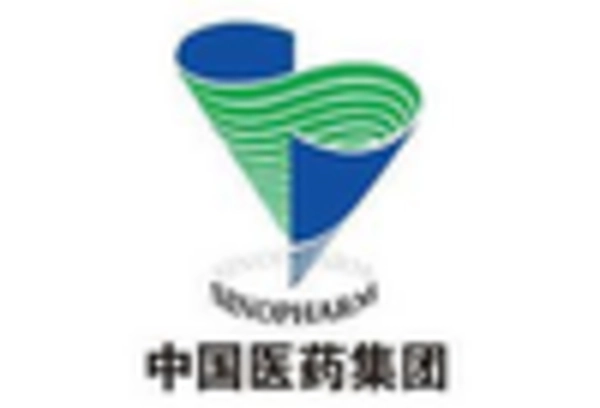
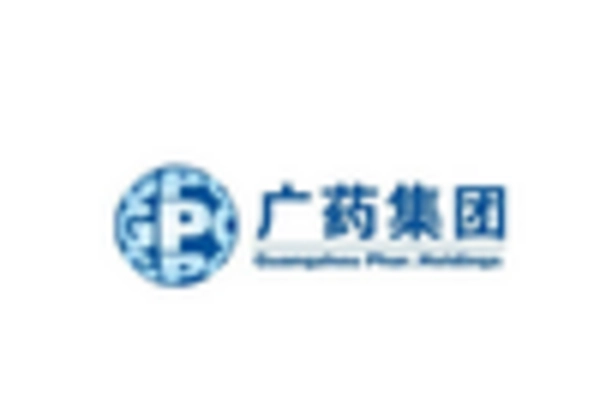
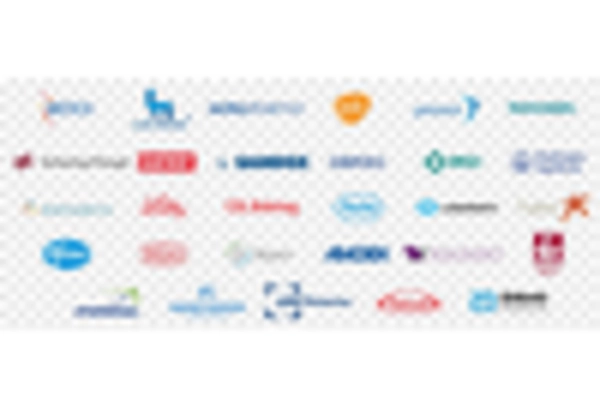
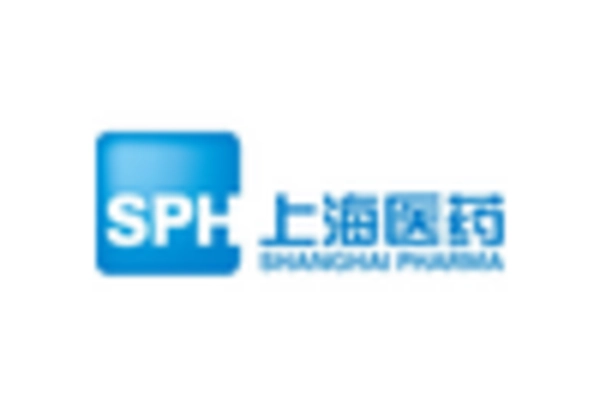
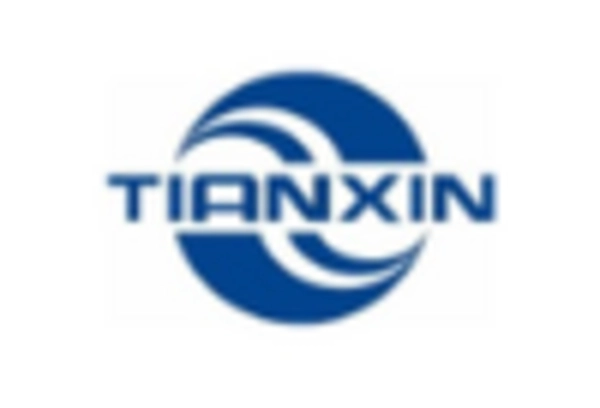
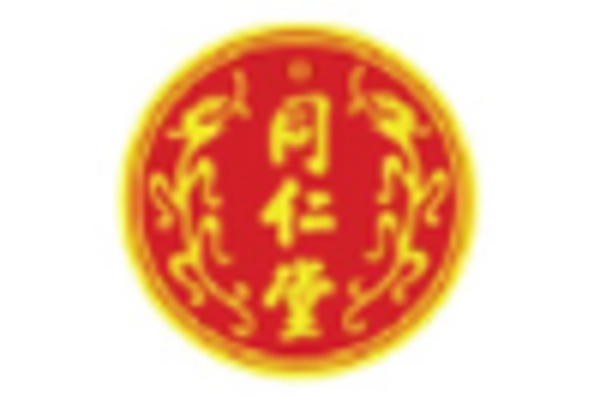








Leave a Comment